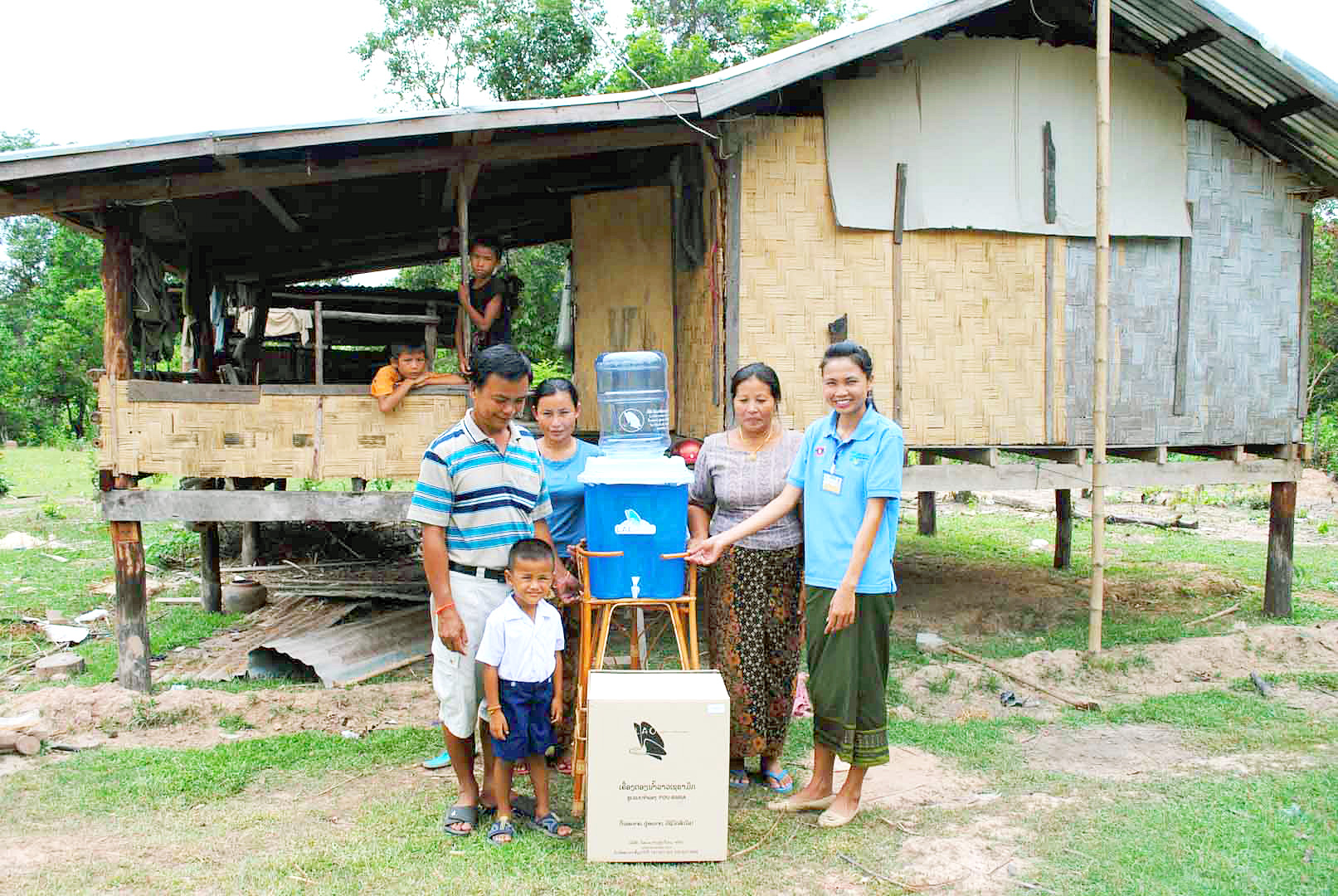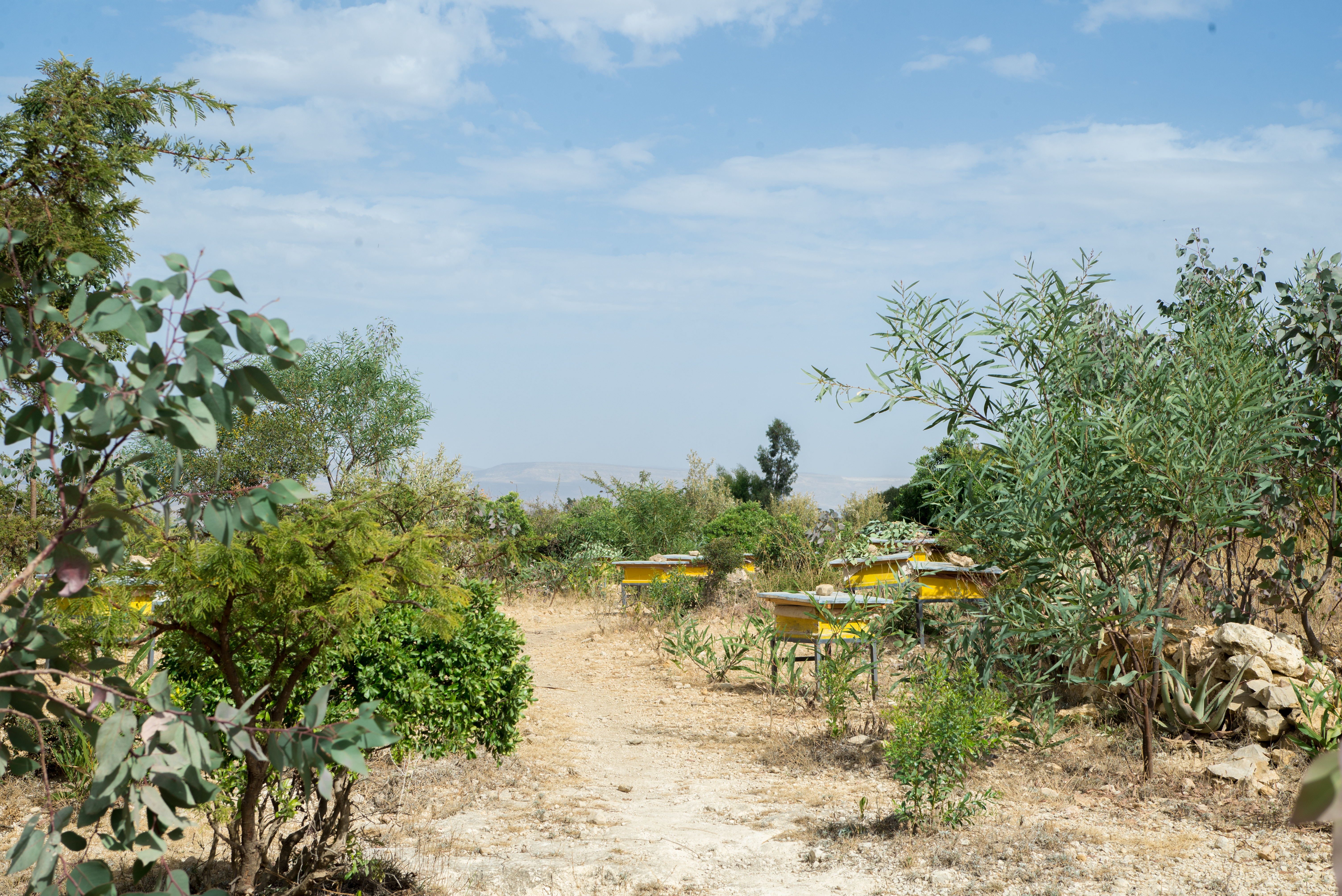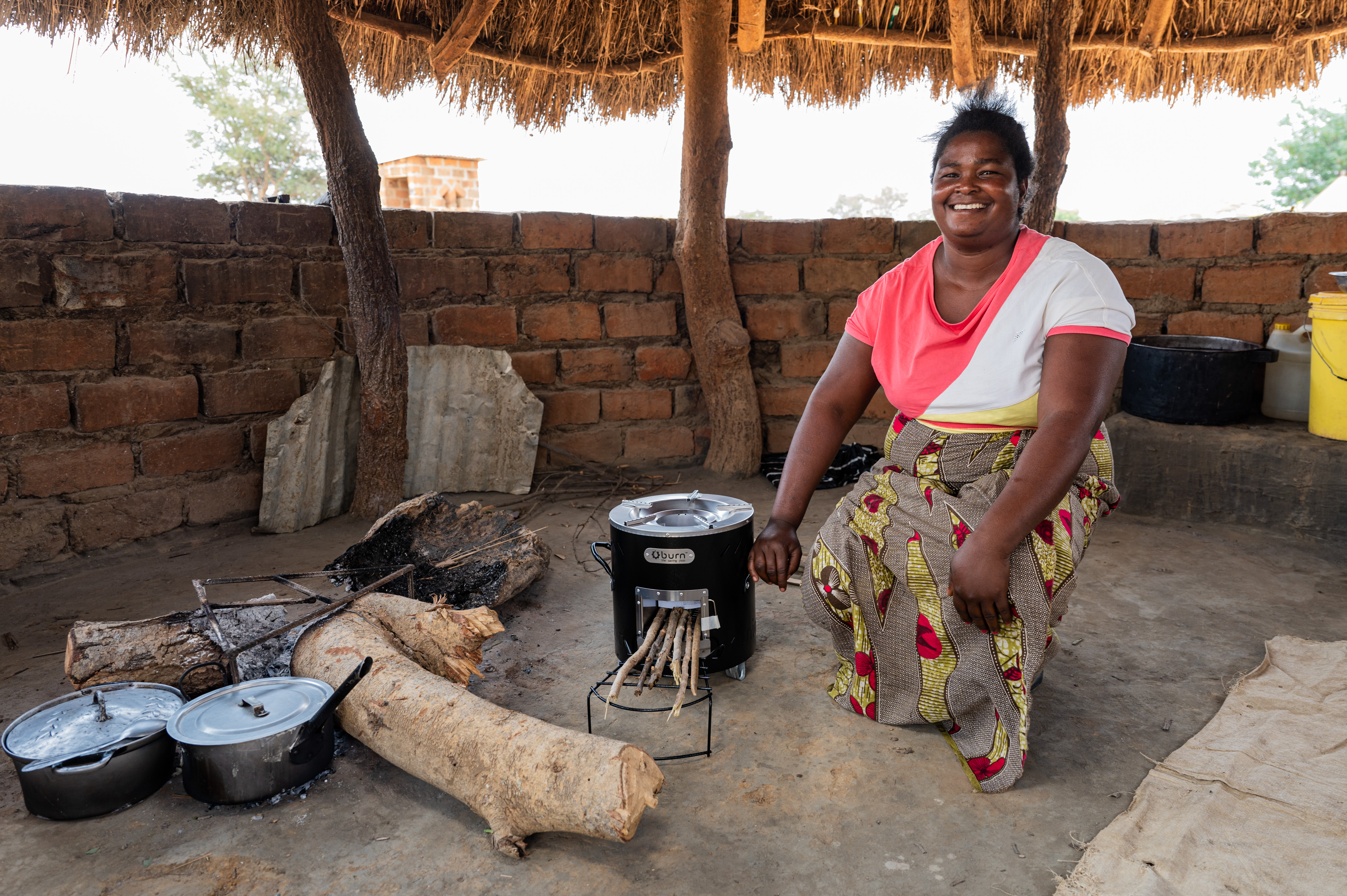Clean energy production on two continents
With more than 15 million inhabitants, Istanbul is the largest city in Turkey and one of the largest in the world. Since 1995 the city's municipal waste is being disposed to two landfills: Kömürcüoda on the Asian side of the city holding more than 30 million tons of municipal solid waste (MSW), covering 44 hectares and disposing of approximately 6,000 tons of MSW daily, and Odayeri on the European side with 55 million tons of MSW on 90 hectares, disposing 13,000 tons of MSW daily.
The purpose of our project is to collect the emitted landfill gas and produce electricity through gas engines coupled with generators. Together, both sites have an installed capacity of 48 MW. The electricity is fed into the national grid, substituting the baseline energy mix which is mainly based on fossil fuels. Excess landfill gas is combusted via a flaring system. Before the project started, waste was deposited and left for decay without any collection or destruction of the gas, which led to massive methane emissions. Landfill gas contains about 50 percent methane, which is a potent greenhouse gas.

Methane is a greenhouse gas emitted by many processes including livestock farming, waste management, sewage treatment, oil production, and coal mining. When released into the atmosphere, it oxidises first to carbon monoxide and then to carbon dioxide, making it a major contributor to global warming. Climate projects avoid these emissions by capturing the gas and using it to generate heat or electricity, or by processing the gas into dry and liquid gas. In this way, the gas is not released into the atmosphere and is used to generate energy instead. Gas recovery projects in the ClimatePartner portfolio are registered with international standards.
Explore our projects
Biochar for Climate Action, Healthy Soils, and Better Harvests

A certified climate project combined with additional commitment

Expansion of renewable energy generation in Asia

Ceramic water filters save CO2 and improve health

Improved cookstoves worldwide – for better health and cleaner air

A certified climate project combined with additional commitment

Powering access to renewable energy in Africa

A certified climate project combined with additional commitment

Restored ecosystems remove carbon

Turning degraded farmlands into healthy ecosystems

Improved cookstoves - better for health and the environment



